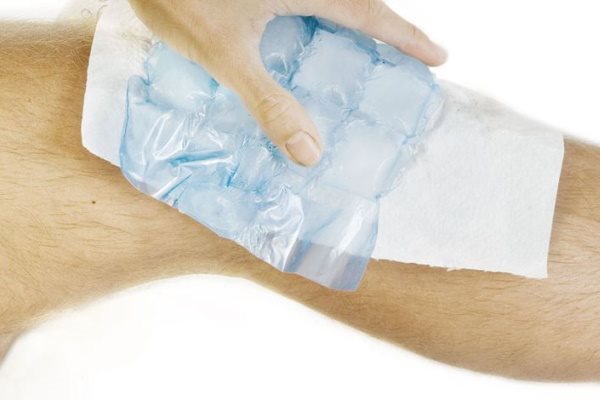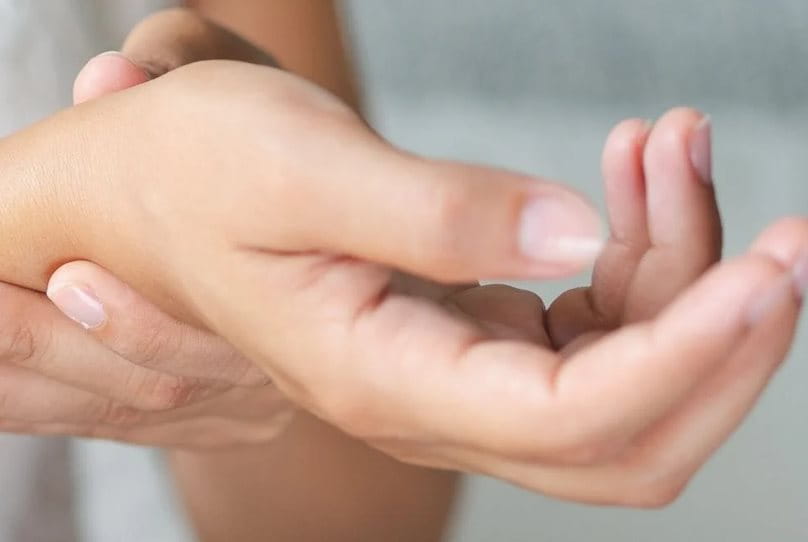The knee is affected by many sports and everyday injuries, which, in turn, can cause bone fractures, ligament strains and tears, cruciate ligament tears or even meniscus injuries. Furthermore, osteoarthritis (of the knee) can occur as a consequence of the above-mentioned injuries or as part of the natural aging process.
Generally, the causes of knee pain can be summarized as follows:
- Injuries (for example sports injuries)
- Osteoarthritis (wear and tear of the joint)

Often, degenerative changes in the knee joint start to become noticeable at the age of 35 years. Such degenerative changes can have different causes:
Malalignment (deviations of the normal knee joint axis, e.g. bowlegs or knock knees) and overloading, injuries and vascular diseases, or be a consequence of joint disorders (such as rheumatism).
However, studies also show that a degenerative change of the knee joint can be present without any symptoms, i.e. the affected person does not feel any pain although they display signs of wear and tear.
In the case of painful degenerative changes in the knee area, stabbing or pulling pains after long rest periods, such as morning start-up pain, are typical. If there is permanent or increasing discomfort in the knee joint, regular exercise and training are usually the remedy of choice.
In individual cases, stretching and bending or general strain on the knee may also become painful over time. Depending on the cause and severity, knee pain should be treated conservatively, for example, with anti-inflammatory painkillers, physical therapy and exercises. Surgery is only necessary in the rarest of cases.
For prevention purposes, timely measures are recommended, which can also be carried out by the affected individual. These include muscle strengthening through targeted exercises and, if necessary, using supportive braces.

.jpg?rx=0&ry=95&rw=1600&rh=351&hash=FAE38F38F81823EB2A3474702FB083D4)





